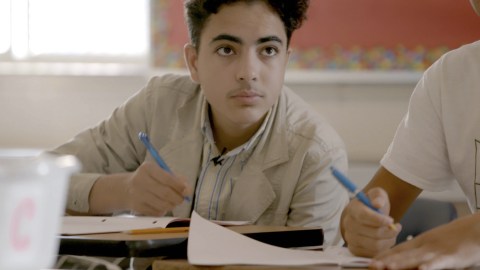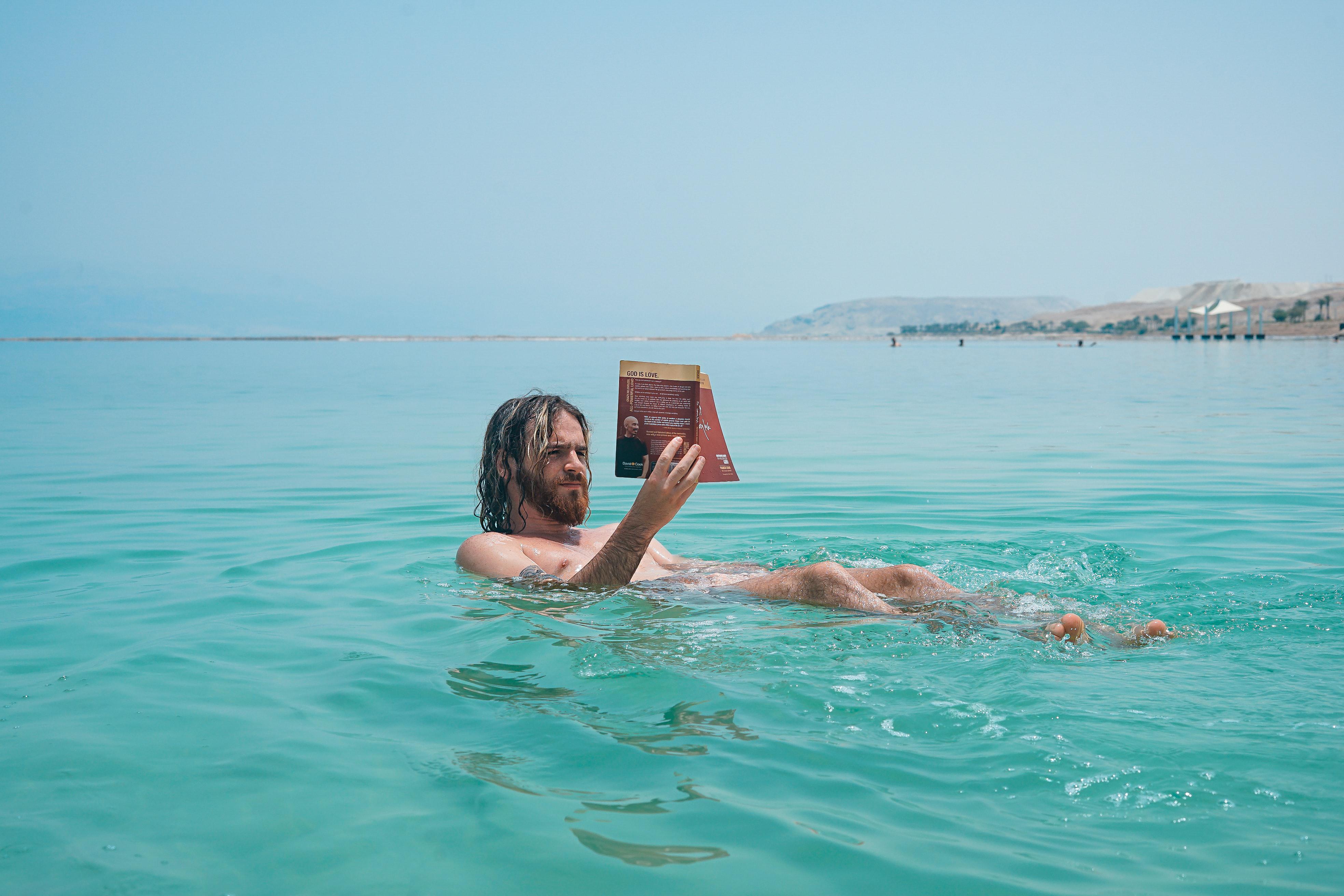Imagine learning empathy at school. Global Oneness Project does just that.

Photo: Luisa Conlon , Lacy Roberts and Hanna Miller / Global Oneness Project
- Stories are at the heart of learning, writes Cleary Vaughan-Lee, Executive Director for the Global Oneness Project. They have always challenged us to think beyond ourselves, expanding our experience and revealing deep truths.
- Vaughan-Lee explains 6 ways that storytelling can foster empathy and deliver powerful learning experiences.
- Global Oneness Project is a free library of stories—containing short documentaries, photo essays, and essays—that each contain a companion lesson plan and learning activities for students so they can expand their experience of the world.
When it was decided that schools would transition to distance learning due to the global coronavirus pandemic, I immediately asked myself: What can we offer at the Global Oneness Project that would be in service to educators and students? We quickly launched a virtual Community Storytelling Conversation series.
The series, also named Stories of Solidarity, is selected as an education spotlight in HundrED’s Quality Education For All During COVID-19. The goal of this spotlight “is not to provide one recommendation to solve all problems, but rather solutions for different types of challenges around education during this crisis.” As a non-profit education organization, we asked ourselves: How can we create a culture of solidarity and contribute to the story of humanity with attention and integrity?
Fostering empathy through storytelling is one solution. We turn to stories in times of grief, uncertainty, and joy as we try to comprehend ourselves and our place in the world. We share stories in times of celebration and in times of loss. We read stories with our children at bedtime; a story can plant a seed into a child’s imagination, becoming a foundation for dreams and creativity and a future lived with conviction. A good story provides essential tools to deepen our engagement with the world, with each other, and with ourselves. Stories can be used as tools to remember what is important and what connects us.
“Whatever you learn, remember: the learning must make you more, not less, human.”
— Elie Wiesel
Stories have always been at the heart of learning. At the Global Oneness Project, we have always been committed to the exploration of global cultures and the theme of our common humanity. Our mission is to plant seeds of resilience, empathy, and a sacred relationship to our planet. Our rich library of stories—containing short documentaries, photo essays, and essays—do just that. Each story contains a companion lesson plan—for middle school and high school students—and provides learning activities for students so they can hopefully walk away with an expanded experience of the world. Educators currently using the stories and curricula represent a wide range of subject areas from geography, history, earth and environmental sciences, as well as language and media arts. All of our content and resources are available for free with no ads or subscriptions.
With Stories of Solidarity, we host one of our storytellers each week. A filmmaker, photographer, or writer joins us for an in-depth virtual conversation with our network of educators and students. The storytellers share their perspectives and talk about the issues and themes they document. As they explore the inspiration and intentionality behind their work, they make connections to our current global crises as well as the changes they have witnessed in places over time. Their stories humanize climate change, migration, modernization, and language loss, among many other topics.
Why is this important today? Stories have always challenged us to think beyond ourselves, expanding our experience and revealing deep truths. How might stories foster empathy? The following are six ways in which stories can provide meaningful and powerful learning experiences.
One photo essay or short documentary film can deepen our understanding of the world’s cultures and places. Photographer Bear Guerra describes how he documents (in his photo essay “La Carretera: Life and Change Along Peru’s Interoceanic Highway”) underrepresented populations in society, including places that are remote, “giving voices to the voiceless.” In Lost World, filmmaker Kalyanee Mam documents one woman’s relationship to her home in Cambodia, the impact of the sand dredging on the mangroves, the lives of the people who live in the forests, and surrounding ecosystem. Putting these places and people on the map through emotional storytelling is essential in developing understanding and care for our world.
What might it be like to be forced to leave your home country and quickly adapt to learn a new language, a new culture, and a new place? This question is explored in the short film Welcome to Canada, which documents the story of Mohammed Alsaleh, a young refugee who fled violence and imprisonment by the Assad regime during Syria’s Civil War. An individual’s story, told visually through a film, can help illuminate a larger issue, like war, by making it more accessible. Educators use this film with students to challenge the misconceptions and stereotypes about Syrian refugees.
Rabbi Dr. Ariel Burger, a former apprentice to Holocaust survivor Elie Wiesel, explains in his essay that “The current moment calls for moral ferocity.” How can we listen, be open, and teach and learn with an open heart? Wiesel wrote, “Whatever you learn, remember: the learning must make you more, not less, human.”
Identity, family, and cultural heritage can encourage us to reflect on powerful memories. The short film Marie’s Dictionary tells the story of a Native American woman who is the last fluent speaker of Wukchumni and her work to document the language through creating a dictionary. How does the language(s) you speak reveal characteristics of your culture?
Earthrise tells the story of the Earthrise photograph and how it provides a context for what it means to be a global citizen. The Earthrise photograph led to the creation of the environmental movement and the first Earth Day fifty years ago. Inspired by the story’s message, students are challenged to enter a photography contest Document Your Place on the Planet and document their relationship to the living world at this critical moment in history.
When our perspectives shift or change, we recognize the power it had all along—to shape, define, and even to limit our experience. Native American photographer Camille Seaman challenges us with her photo essay “We Are Still Here” to see Native Americans differently. She writes, “I was troubled when the textbooks we read spoke about Natives in the past tense—always implying that we no longer existed. We are still here.”
As we learn through stories we become more compassionate, better listeners and collaborators, and more capable of understanding, addressing, and adapting to our changing world. It is imperative that we teach and learn these skills with students, which is the first step towards fostering empathy, or compassionate action, at a time in history when we need it most.





